
Tipping the scales...
Meet the ground pangolin and find out what makes it so special...
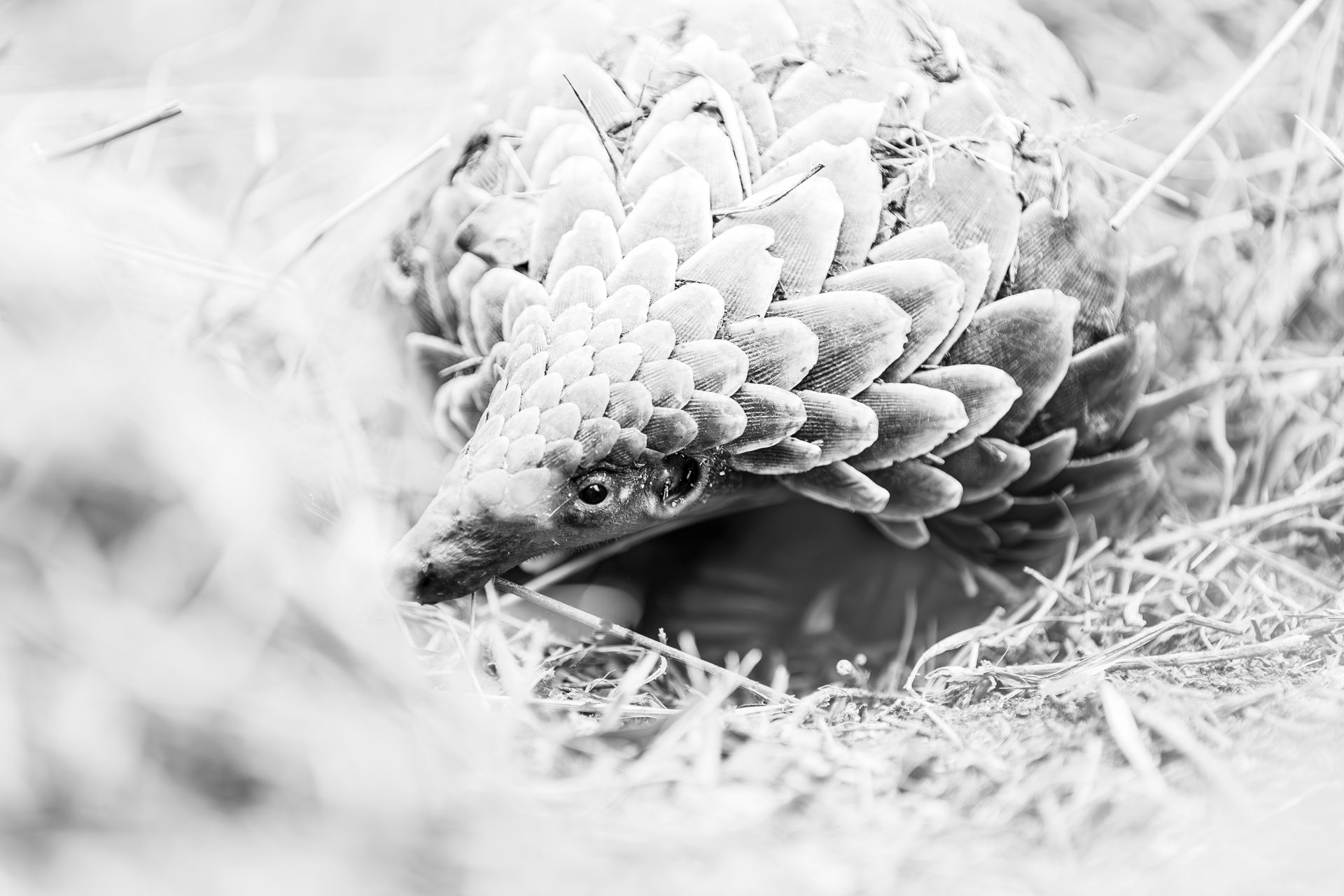
Slide title
Write your caption hereButton
Images: Julien Regamey
It's one of our most elusive mammals, earning it the reputation as the "Holy Grail" of African wildlife, which makes spotting an endangered Temminck's pangolin a life-changing experience. Never heard of it? Don't worry because this scaly anteater is widespread but rarely seen and, sadly, is one of the most trafficked animals on Planet Earth. Let's find out more about this secretive resident of the Manyeleti...
In the early hours of the morning, a rustling in leaflitter around Pungwe could be anything... Porcupines digging for roots? Civets hunting for invertebrates? Genets foraging for rodents? Or perhaps something more exciting... A Temminck's or ground pangolin!
Resembling a cross between a pine-cone and a small dinosaur, this shy insectivore is covered in scales made from keratin - the same substance as our fingernails and rhino horn. Which is sadly why it has earned the reputation as the world's most trafficked mammal, because it's these scales that make it a target for poachers, thanks to demand in the Far East where it is prized as both food and a medicinal cure-all.
The name "pangolin" comes from the Malay word "penggulung," meaning "roller" - a fitting description of this creature's unique defence mechanism. When threatened, a pangolin curls into a tight, protective ball, covering its head with its front legs and tail, exposing its tough, scaly exterior to potential predators.
Pangolins are found across Africa and Asia, with four species inhabiting each continent. Africa is home to the black-bellied pangolin, white-bellied pangolin, giant ground pangolin, and Temminck's ground pangolin - which is the most widespread species that we are sometimes lucky enough to see here in the Greater Kruger. Meanwhile, Asia hosts the Indian pangolin, Philippine pangolin, Sunda pangolin, and Chinese pangolin, all of which have been hunted to virtual extinction.
All pangolin species are protected by national and international laws, yet they remain critically endangered. Over the past decade, it's estimated that more than a million pangolins have been poached from the wild. Their meat is considered a delicacy in certain Asian cultures, and their scales are used in traditional medicines believed to cure various ailments. Despite their scales' formidable protection against natural predators, they are powerless against human poachers who simply pick them up after they curl into a ball and pop them in a bag.
Pangolins play an essential role in maintaining the health of their ecosystems. The ground pangolin's range extends from northern South Africa to East Africa, into southern Sudan and Chad. As the second-largest pangolin species, individuals can weigh between seven and 12 kg, with some reaching up to 19kg. Their size varies geographically, with larger pangolins found in moist environments and smaller ones in semi-arid regions.
In the diverse landscapes of Greater Kruger, ground pangolins prefer savannah and woodland habitats. Although predominantly nocturnal, their activity patterns can shift depending on age and geography, with some regions observing diurnal activity during specific seasons.
Ground pangolins are perfectly adapted to terrestrial life. They walk on their hind legs, using their front limbs and muscular tails for balance. When climbing steep surfaces, they use their front limbs and tails for extra traction. Their robust tails also provide additional protection when curling up in a ball.
Rather than digging their own burrows, ground pangolins repurpose burrows made by other animals, such as aardvarks, porcupines, warthogs, and springhares. Their home ranges vary from 600ha to 1,400ha, with smaller ranges for younger animals. Males often share overlapping home ranges with several females, though some studies suggest that a single male and female may share nearly identical ranges. In the Kalahari, a typical home range is shared by an adult male, an adult female, the previous year's offspring, and young pangolin seeking territory.
Ground pangolins lead solitary lives, with males and females meeting only briefly to mate. They locate each other through scent trails left by the female. Courtship involves the male approaching the receptive female, eventually leading to mating in the female's den. After a gestation period of between 105 and 140 days, the female gives birth to a single pango pup, with twins being a rare occurrence.
The pup remains in the natal burrow for the first month, with the mother periodically returning to nurse and relocate it to different dens. After about a month, the pup begins accompanying the mother during foraging, riding on her back or foraging alongside her. The pup stays with the mother for about three months before becoming independent, though it may remain within the mother's home range for up to a year.
The diet of ground pangolins consists almost entirely of ants and termites, with ants making up 90-95% of their diet and termites the remaining 5-10%. They exhibit selectivity in their prey, targeting specific species rather than simply consuming the most abundant ones. In semi-arid South Africa, foraging digs are typically shallow, focusing on surface ant holes and old termite mounds. They may also feed on termites at active nests, especially if the mound has been breached by another animal like an aardvark.
Here in the Greater Kruger, conservation efforts are critical to protect these fascinating creatures. Conservationists and government agencies collaborate to enforce laws, raise awareness, and reduce the demand for pangolin products. There are also several NGOs rescuing and rehabilitating confiscated pangolins seized from poachers. The survival of pangolins hinges on global commitment to their protection, ensuring that future generations can marvel at these unique animals in their natural habitat.
With their endearing habit of rolling into balls and their vital role in controlling insect populations, ground pangolins are a true treasure of the Greater Kruger National Park. Efforts to safeguard them offer hope that these remarkable creatures will continue to thrive in the wild, enchanting all fortunate enough to encounter them.
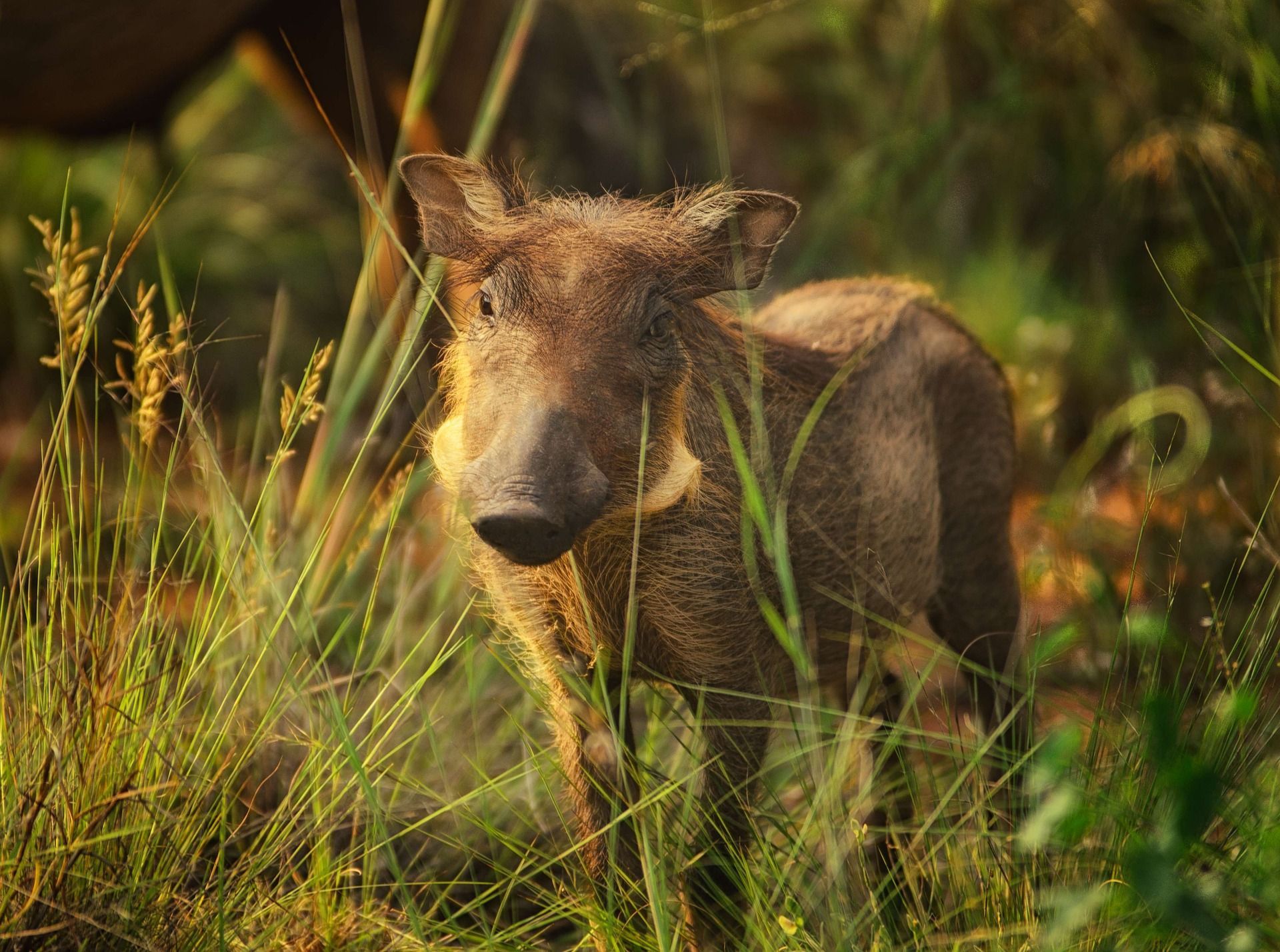
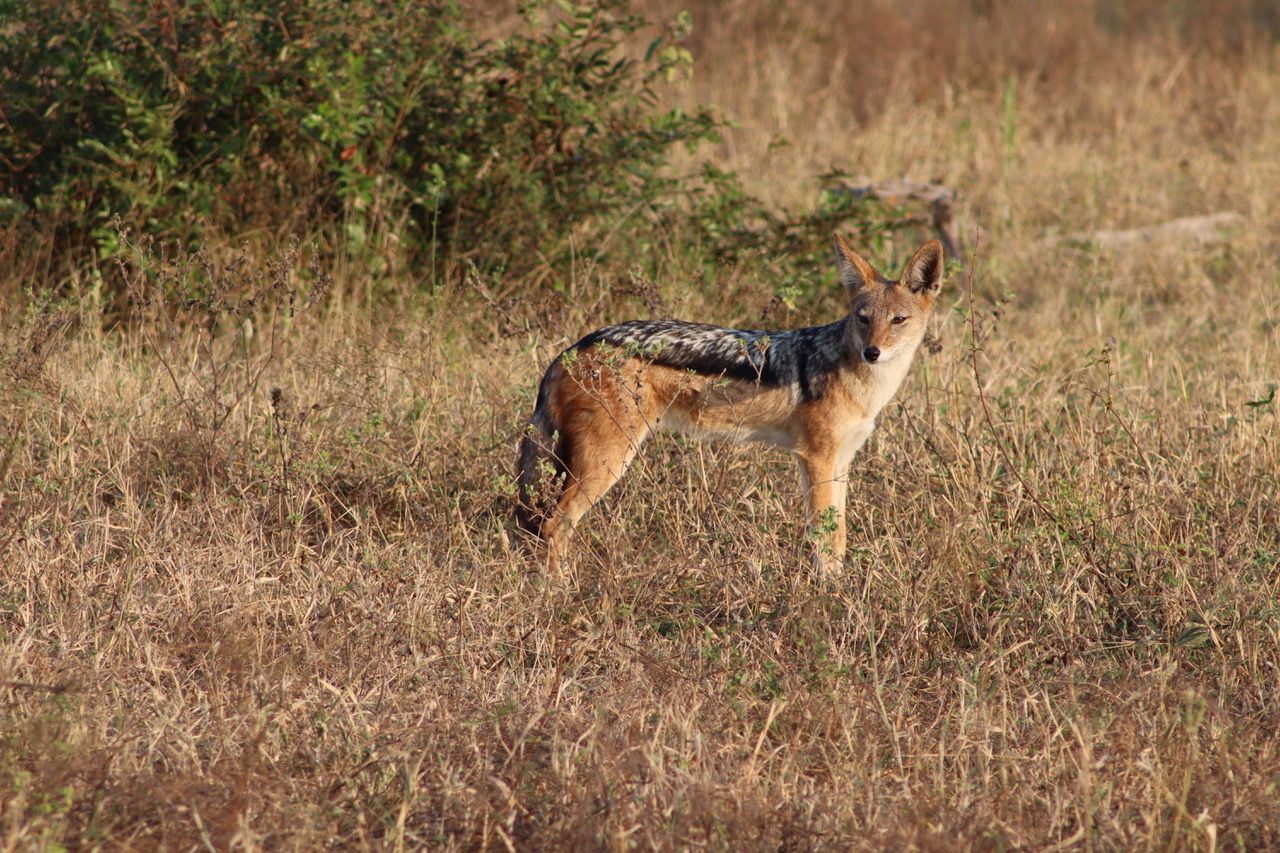
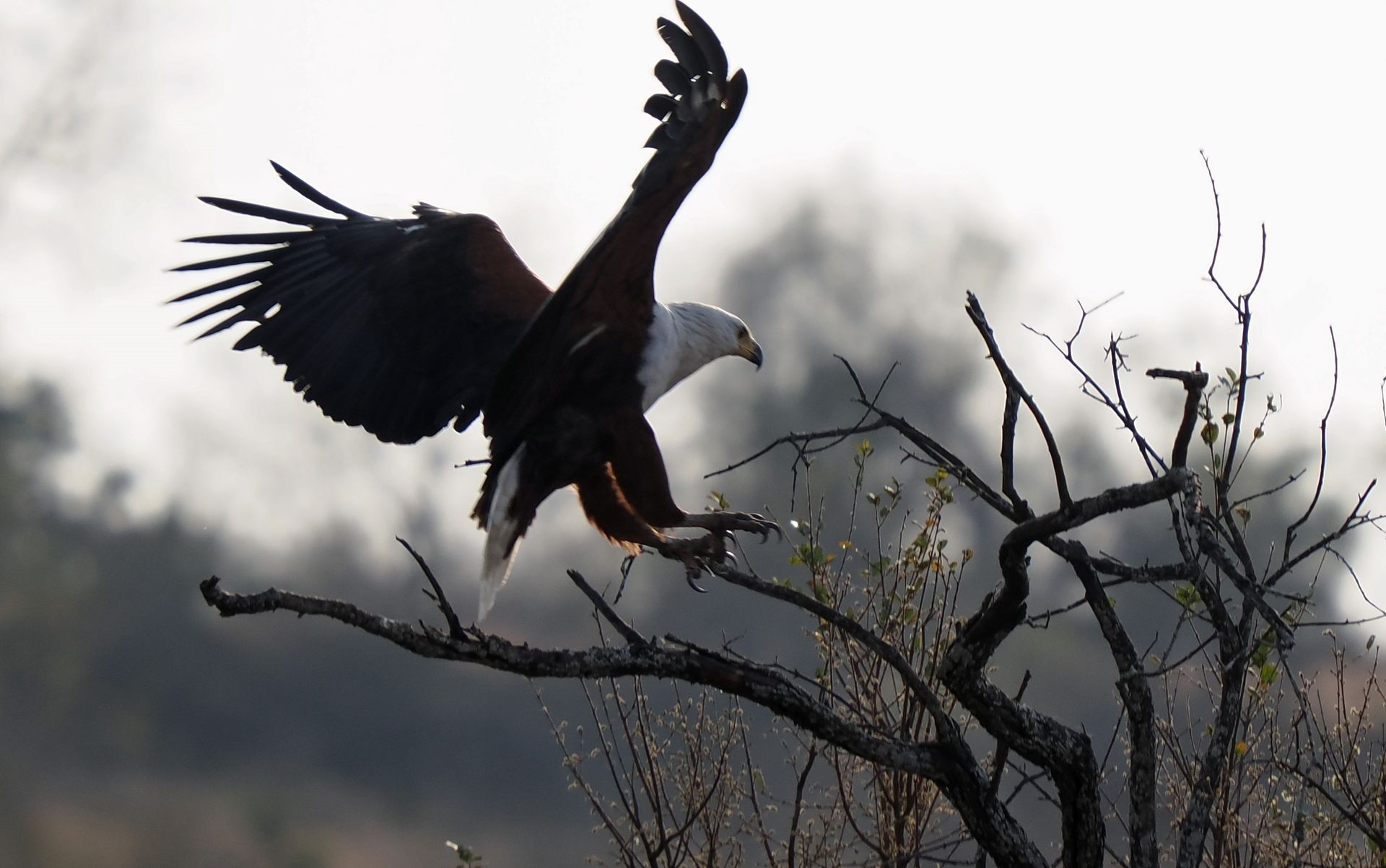
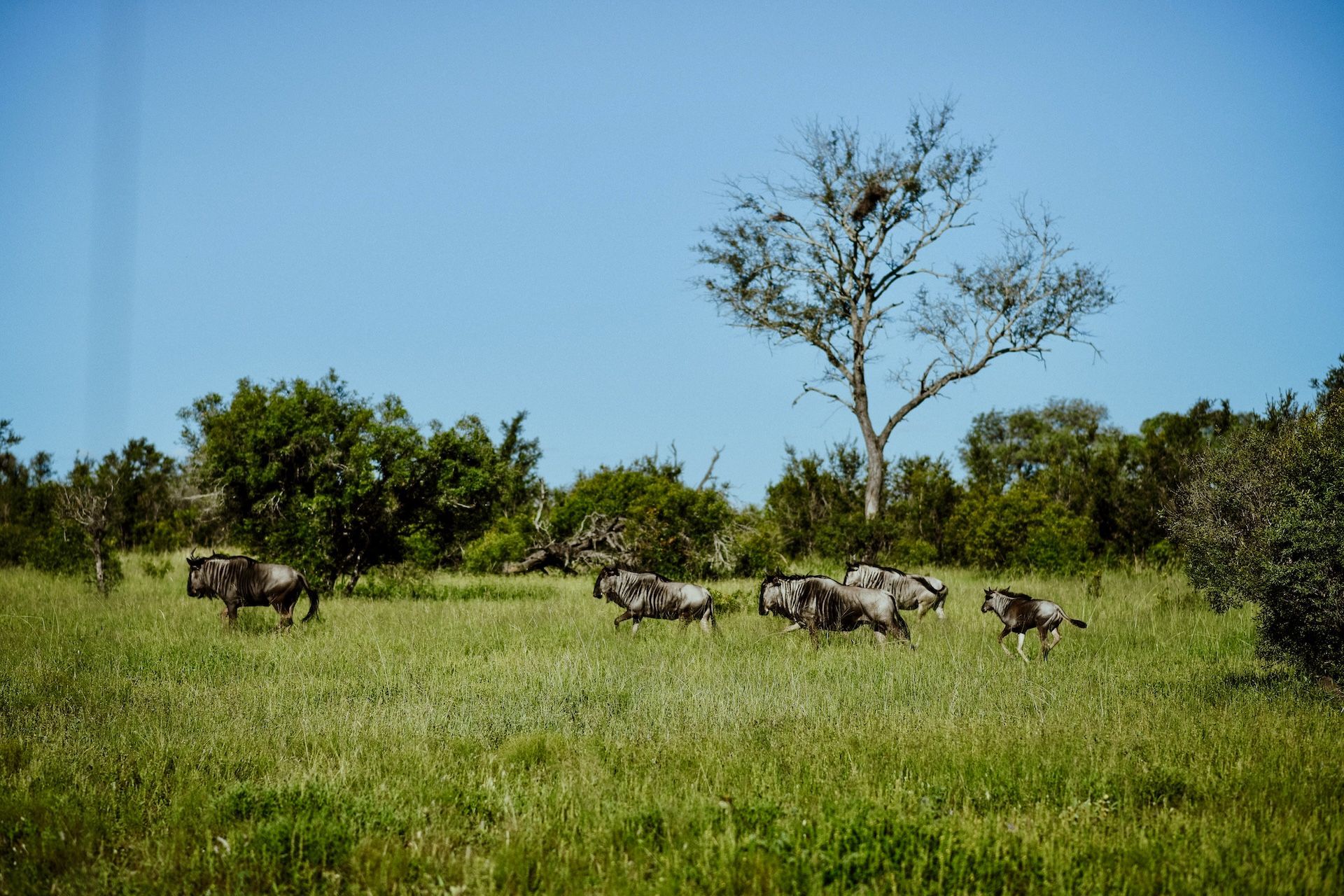
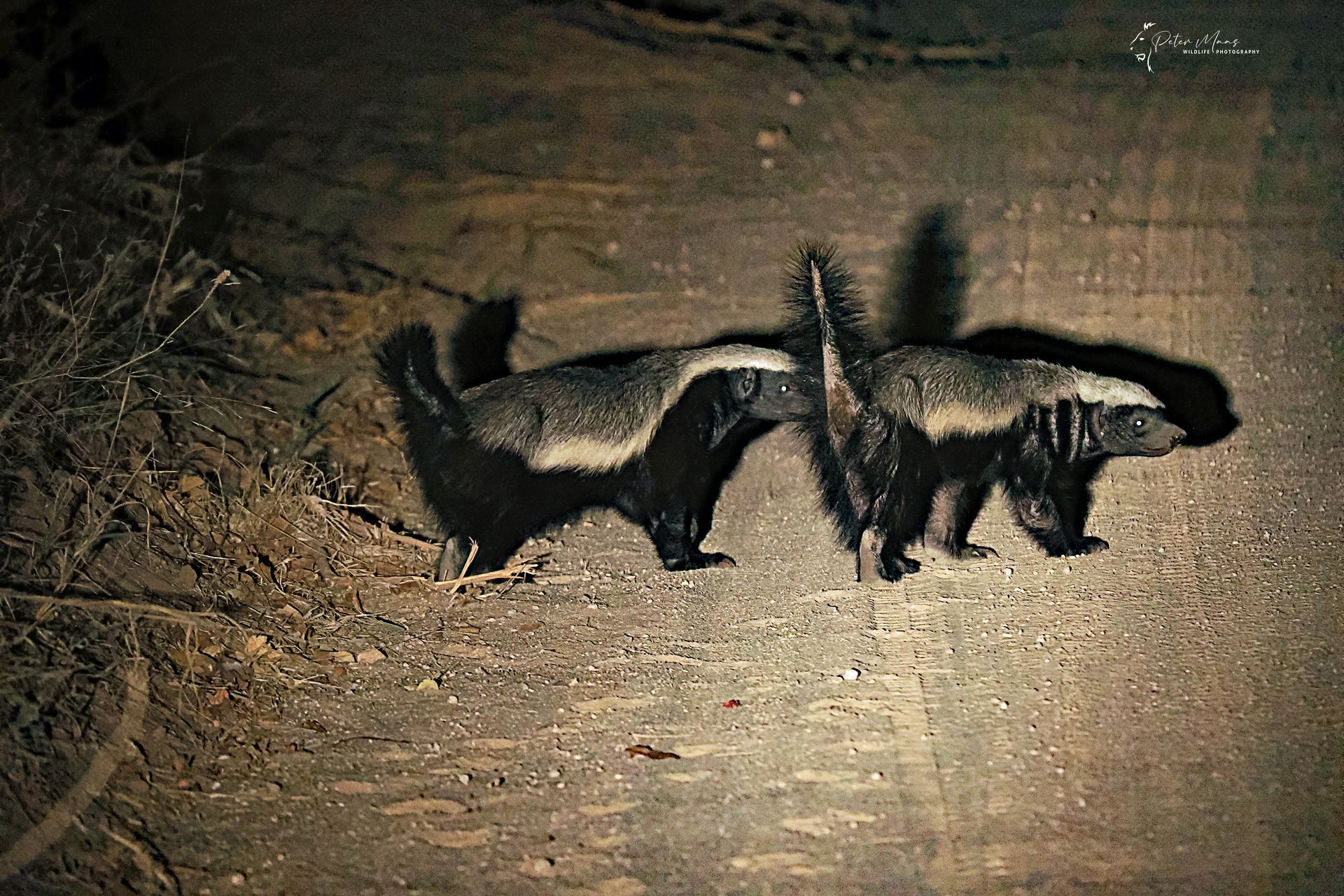
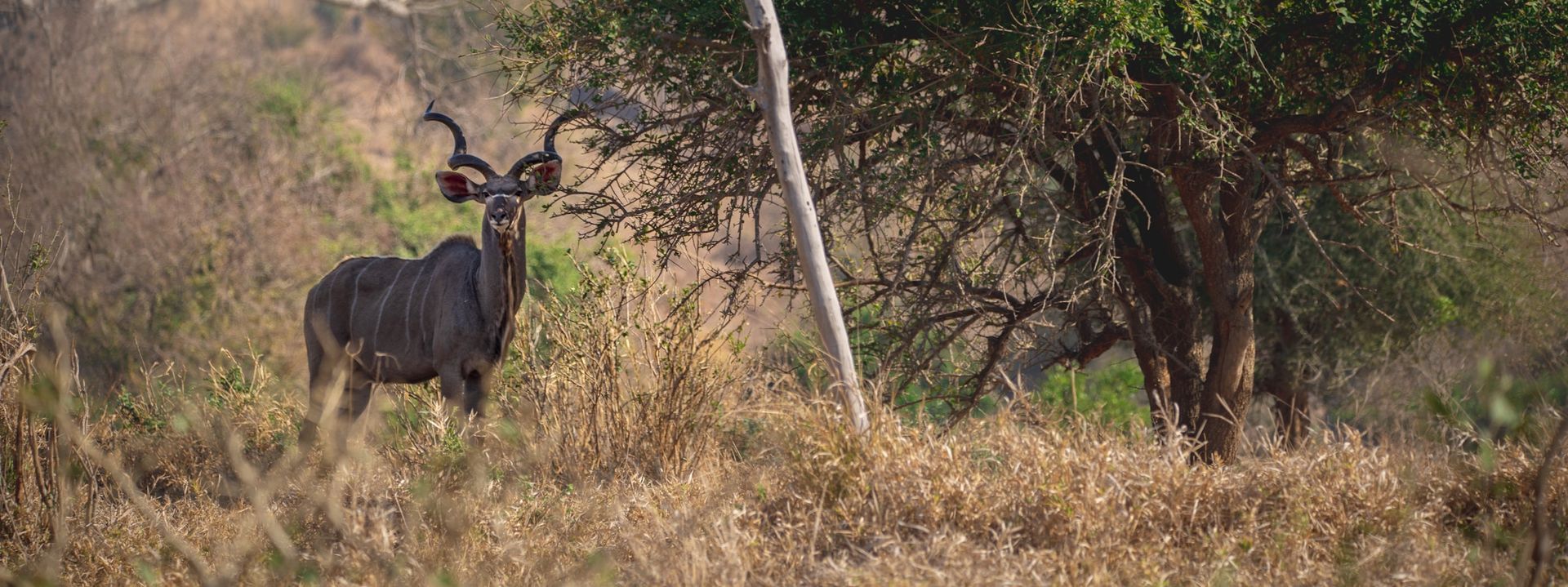
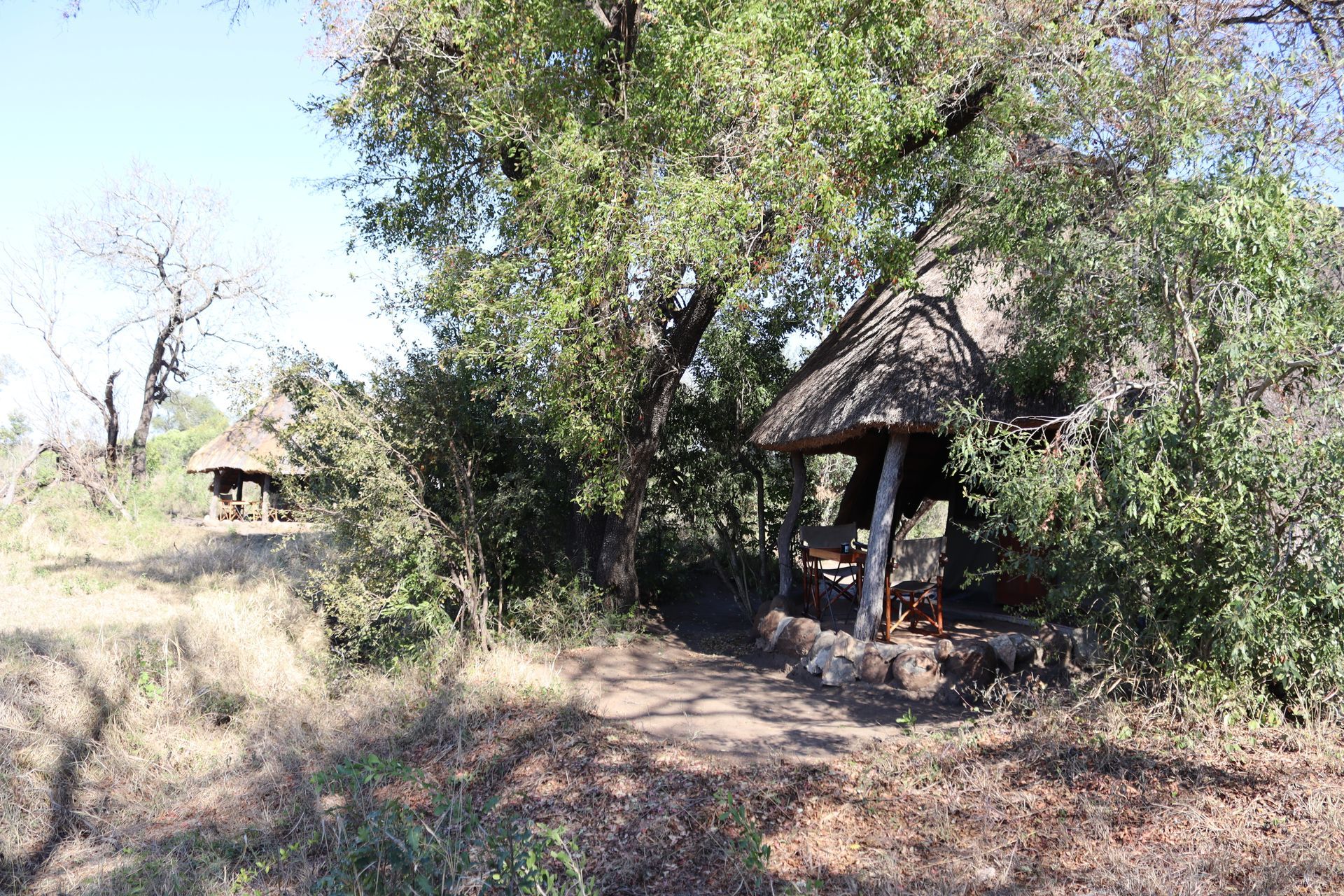
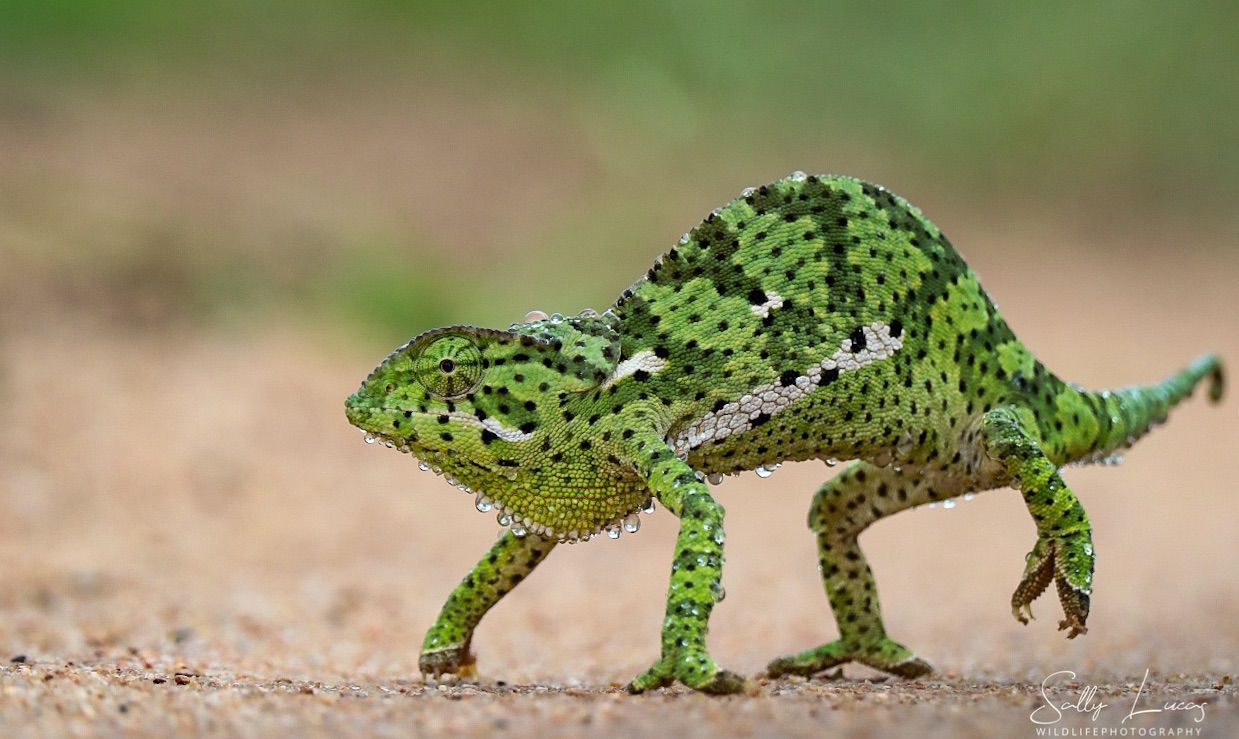
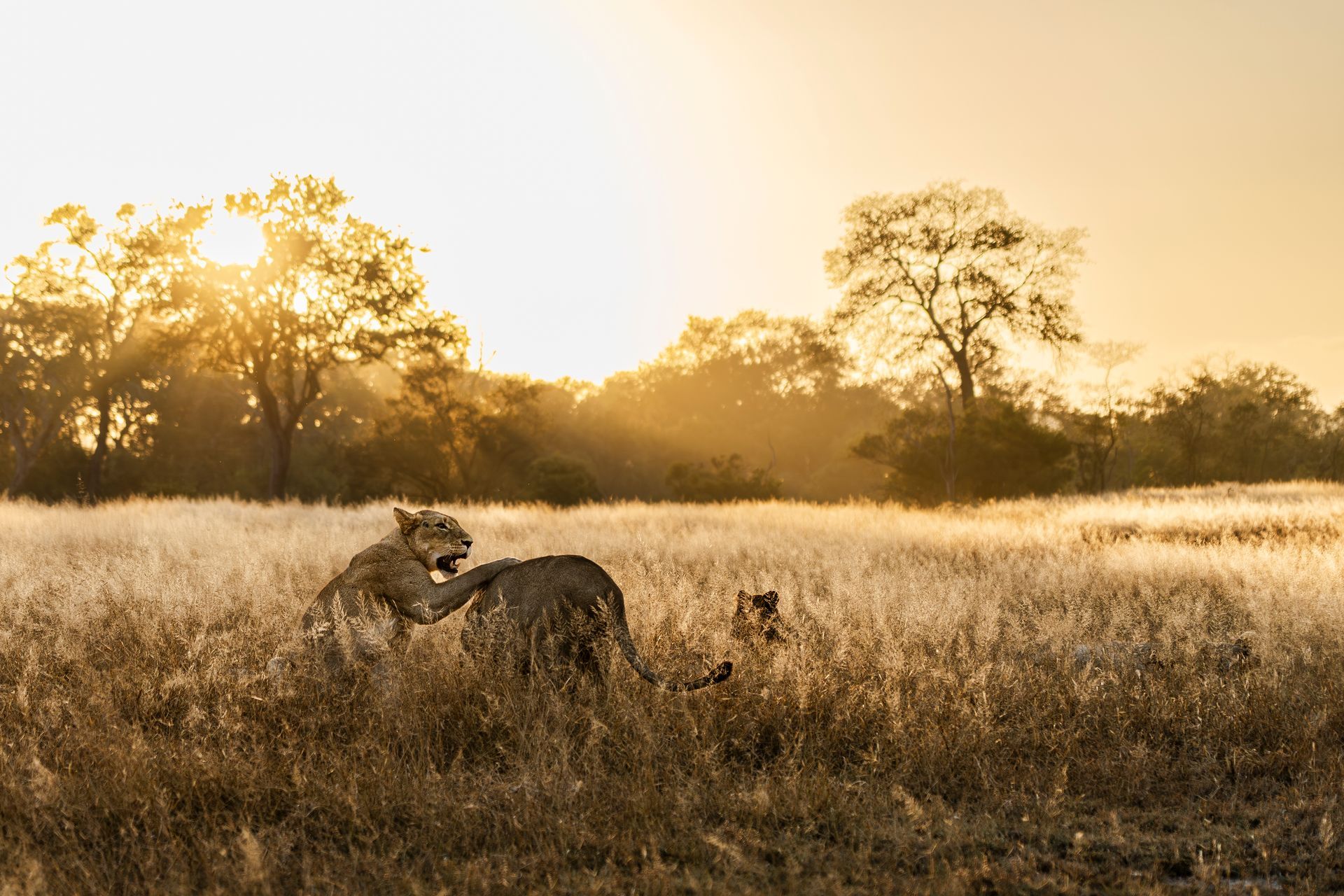
Pungwe Safari Camp
Manyeleti Game Reserve
Mpumalanga
South Africa
Tel: +27 82 853 9533
Email: info@pungwe.co.za
MENU
STAY CONNECTED
Join our Newsletter and find out more
Contact Us
We will get back to you as soon as possible
Please try again later
All images on this website have been taken at Pungwe by guests or staff
All Rights Reserved | Ingweleti Investments (Pty) Ltd T/A Pungwe Safari Camp

